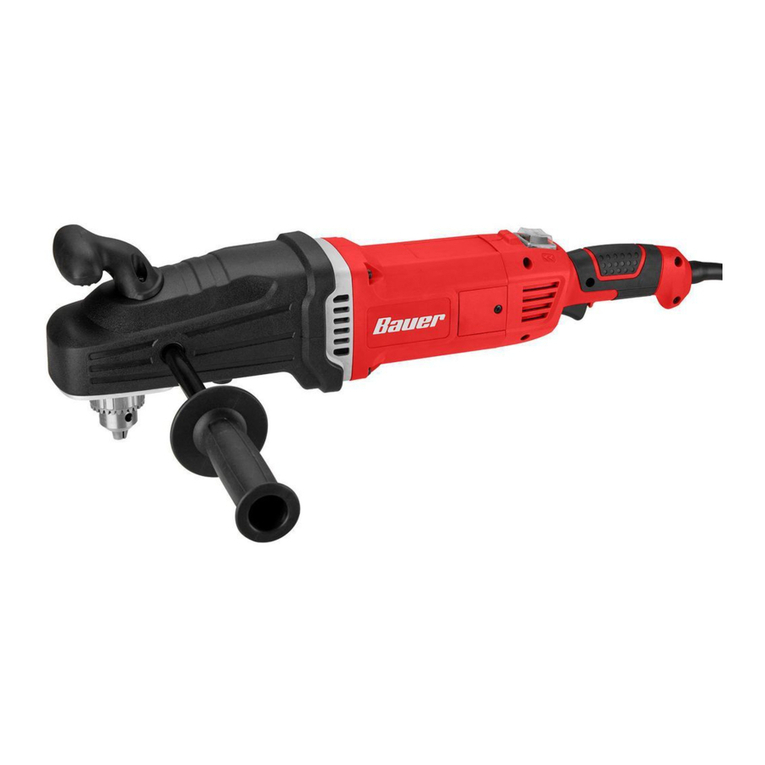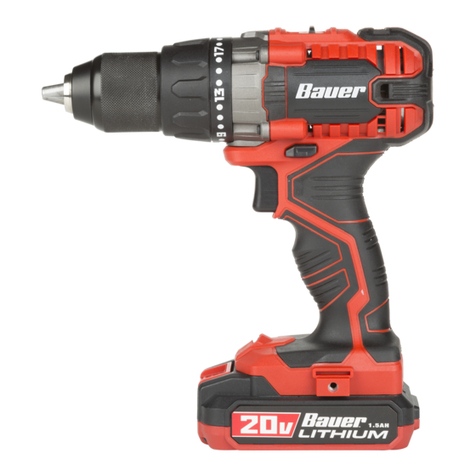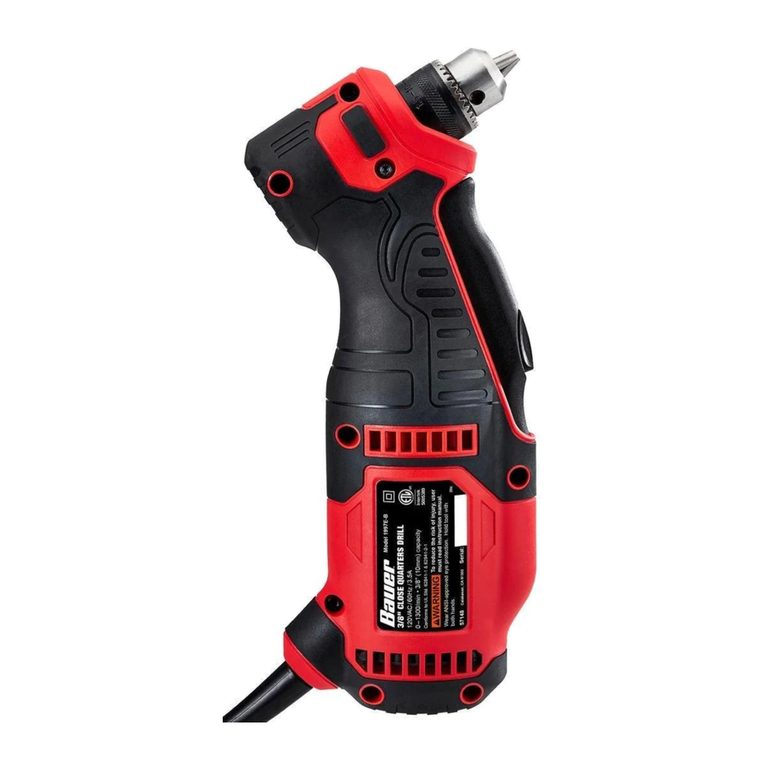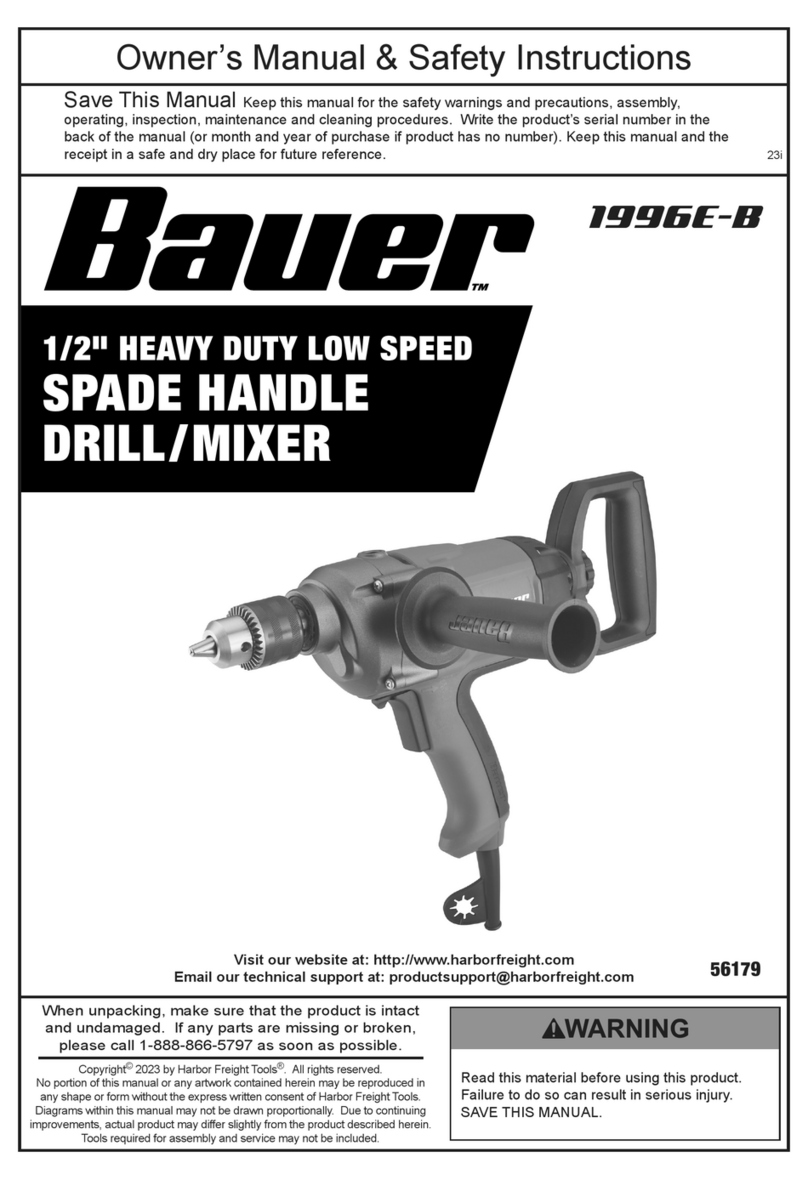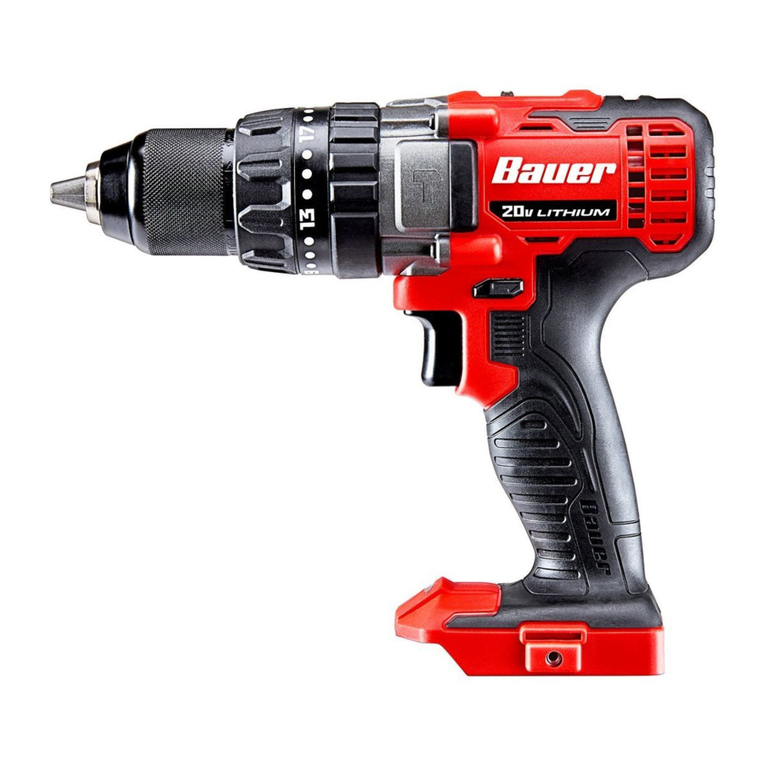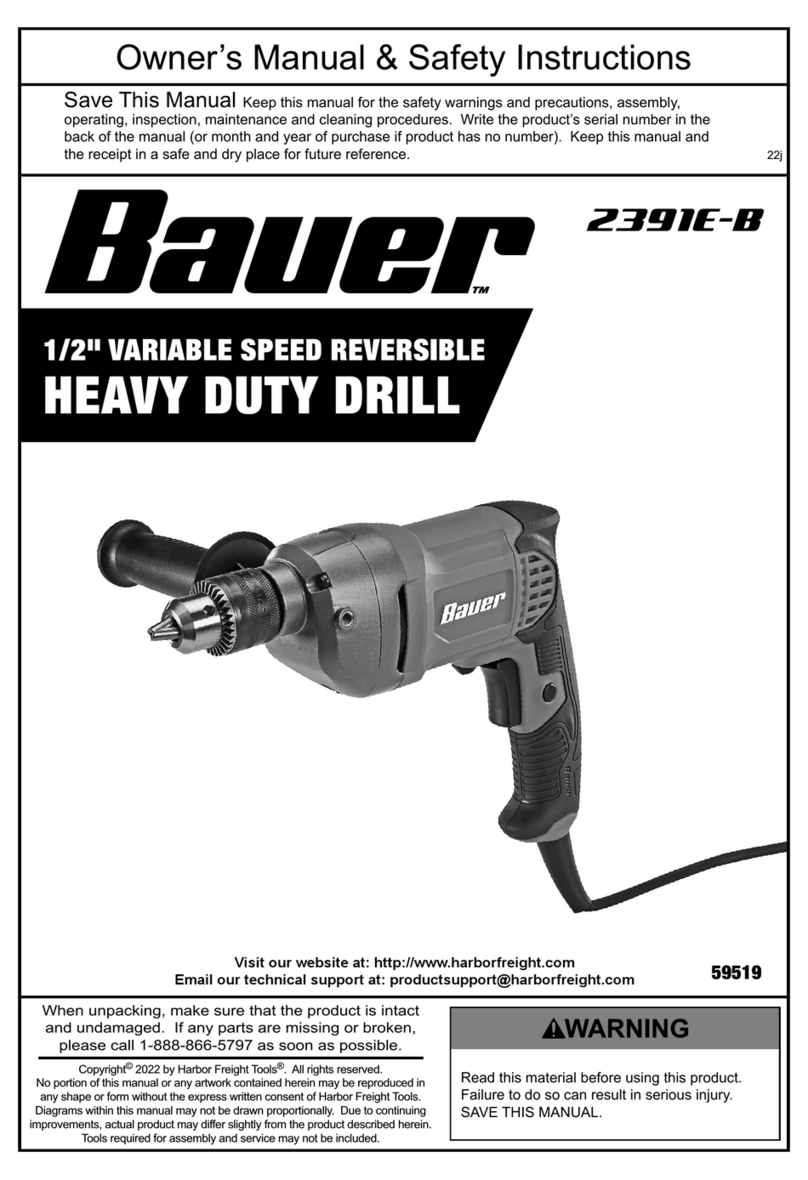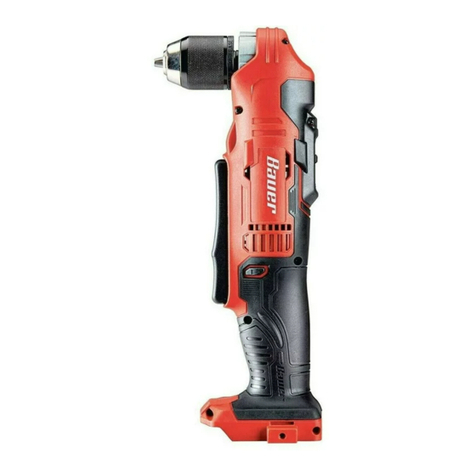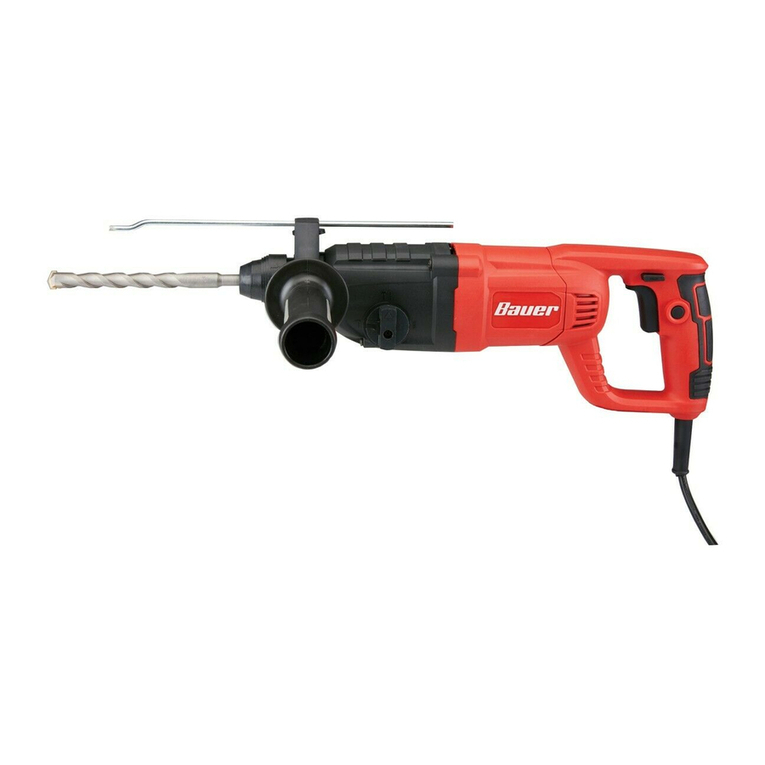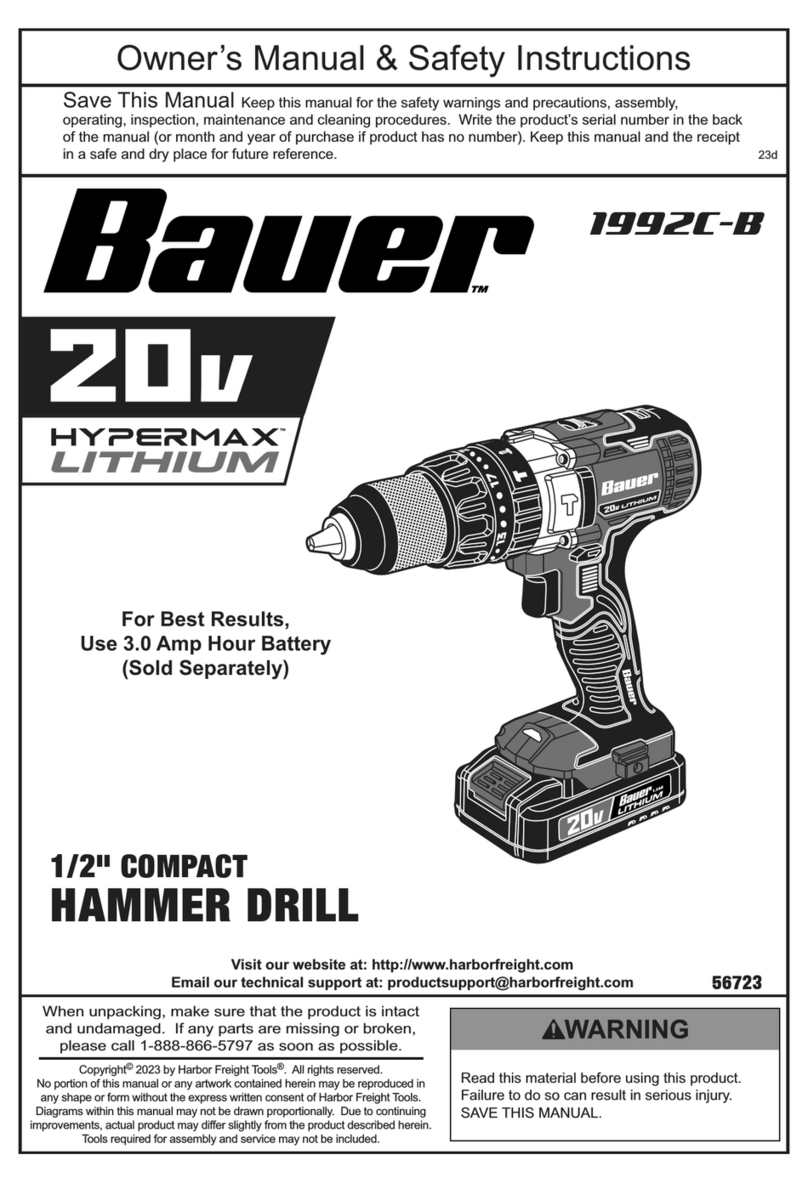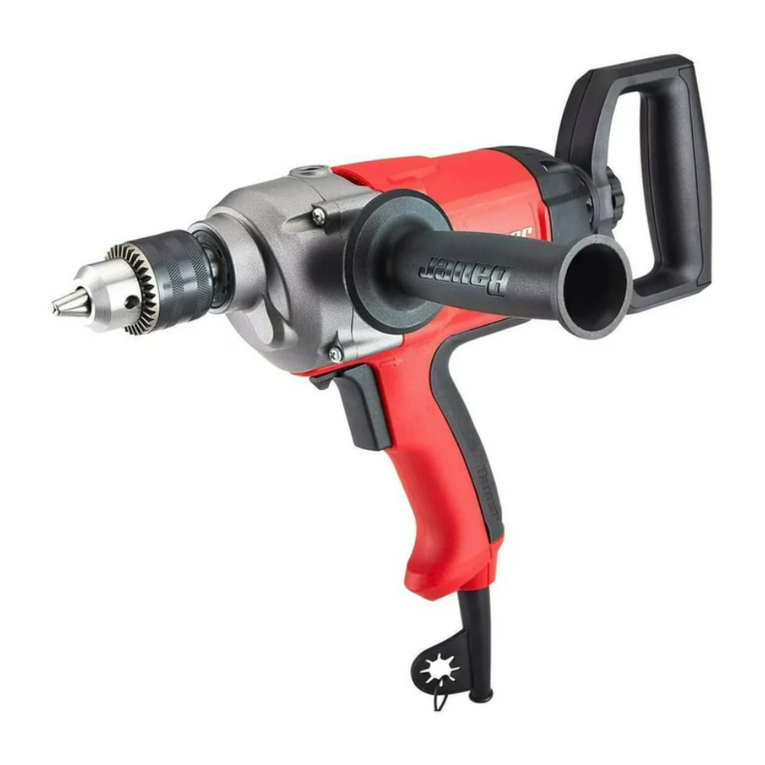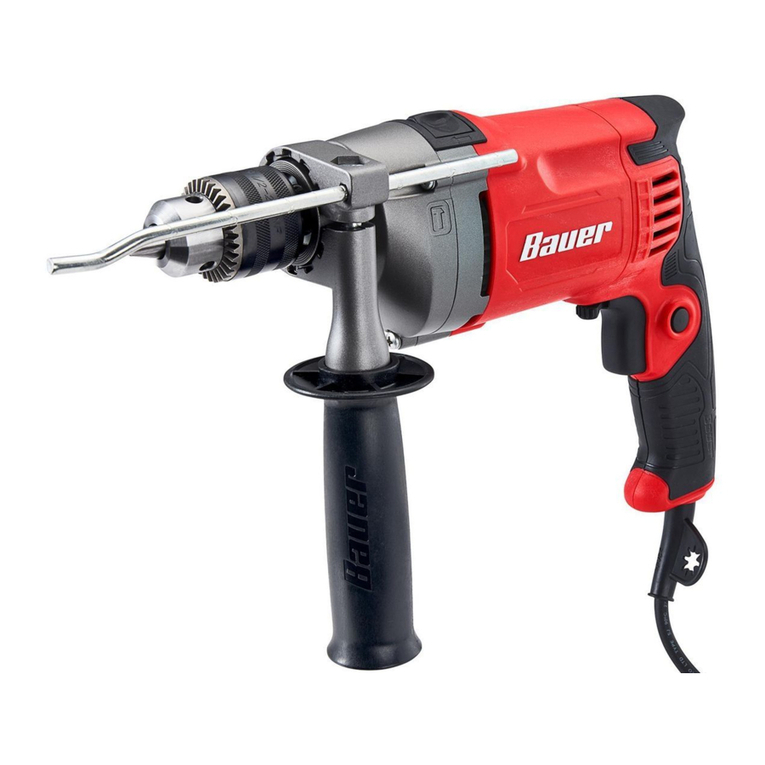
1 Safety
Risk of electric shock!
If the equipment comes into contact with overhead or underground electricity lines a current trans-
fer to the equipment occurs. Persons in the immediate vicinity receive an electric shock as well as
burns, which can cause serious or fatal injuries.
Δ
Before starting work, ask an authorized person about the prescribed safety distance. Always
observe the required safety distance. This also includes the avoidance of swinging loads and/
or components in the danger area.
Δ
Before starting work, inform the company responsible for the power supply.
Δ
Consult the power supply company regarding the measures to be taken in case of emergency.
Δ
If a current transfer does occur, do not leave the cabin. The equipment operator must instruct
the endangered persons accordingly (e.g. keep legs closed and remain still).
Δ
The danger has passed only when the power supplier gives the all-clear.
Risk of electric shock, risk of explosion!
Underground lines (e.g. electricity, gas) may be inadvertently damaged during work. Current trans-
fers, explosions, and/or fire may occur and cause an electric shock and/or burns to persons in the
immediate vicinity.
Δ
If underground lines are discovered in the working area, stop work immediately and report the
incident to the operator.
Δ
In the case of equipment that causes tremors/vibrations, make additional allowance for this po-
tential source of risk and take separate precautionary measures in advance.
Δ
Support or fix exposed lines to prevent them from shifting.
Δ
Maintain a suitable safety distance from sources of danger.
Δ
Do not drive over exposed lines.
Danger of accident!
In the case of equipment with ropes, there is a danger of rope breakage following a current trans-
fer. Persons may be hit by falling loads and thus seriously or fatally injured.
Δ
After a current transfer, the ropes must be replaced without delay.
Safety when working underground or in enclosed spaces
The equipment may only be operated within the specifications and environmental conditions pre-
scribed in the instruction manual. Work carried out underground or in enclosed spaces demands
special protective measures.
The following general safety information about working underground or in enclosed spaces must al-
ways be observed and adhered to:
Risk of explosion, risk of suffocation!
When working underground or in enclosed spaces, explosive or poisonous gases can be gener-
ated. Persons could suffer serious or fatal injuries or suffocation.
Δ
Workplaces and traffic routes must be adequately ventilated, so that no dangerous substances
or exhaust gases can reach the breathable air or the atmosphere.
Δ
Always ensure that ventilation systems are in proper working order.
Safety during assembly/mounting and dismantling/removing
Before starting the assembly or disassembly procedure, the equipment's danger zone/working area
must be made safe by closing off a sufficiently ample area. Work attachments, components and
tools that have been set down must not obstruct traffic routes and they must be secured by appro-
priate measures against shifting, rolling away and toppling over/falling.
Assembly work and disassembly work should always be performed on horizontal, level ground with
sufficient load-bearing capacity.
